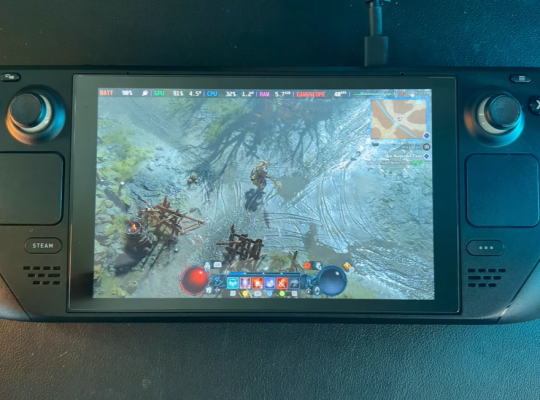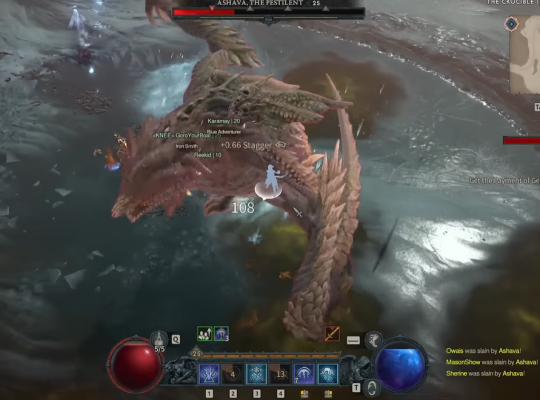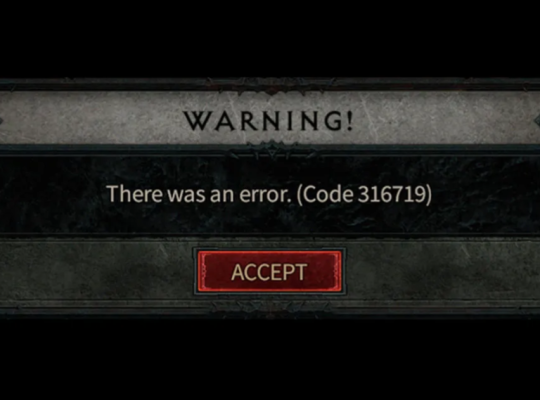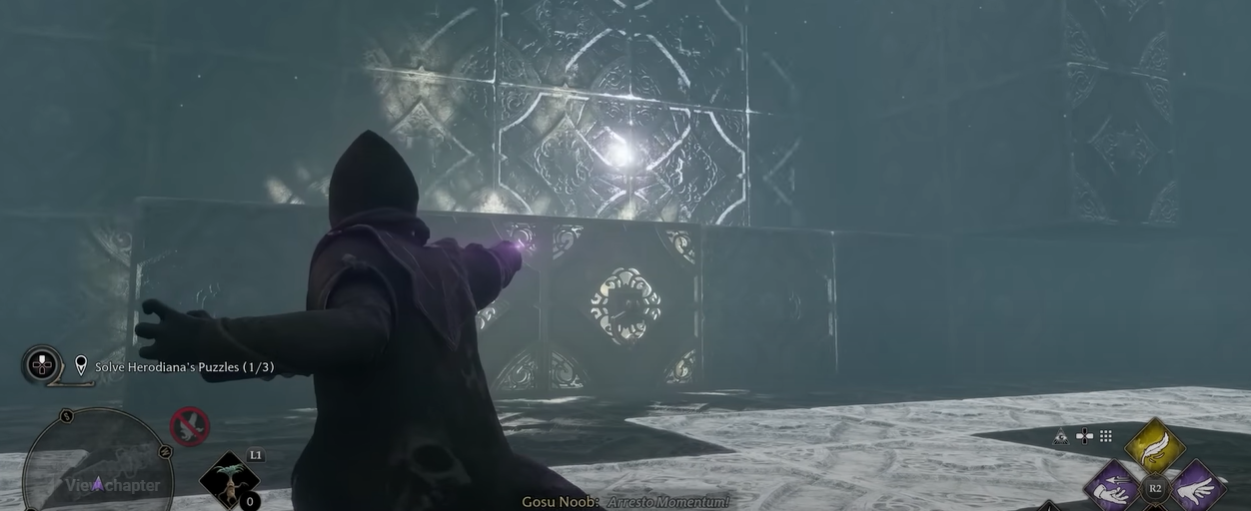The Diablo franchise, developed by Blizzard Entertainment, is an iconic series of action role-playing games set in a dark, gothic fantasy world. Players embark on epic adventures, battling demonic hordes and uncovering treacherous dungeons from a top-down perspective.
Over the years, Diablo has garnered a broad appeal and a dedicated fan base, solidifying its status as a gaming legend. In this in-depth analysis, we will explore the statistics and revenue that have shaped the franchise’s legacy, showcasing its enduring popularity and impact on the gaming industry.
The Diablo franchise boasts over 82.5 million copies sold worldwide, attesting to its widespread popularity.
With each new release, the franchise has witnessed a surge in sales, amassing significant revenue for Blizzard Entertainment. Diablo’s debut in 1996 was a critical and commercial success, with the original game selling over 2.5 million copies.
The release of Diablo II in 2000 shattered expectations because it sold over 4 million copies within its first year. Diablo II remains one of the best-selling PC games ever, with over 16 million copies sold.
Following the success of Diablo II, fans eagerly awaited the release of Diablo III in 2012. The long-awaited installment proved to be a massive hit, selling over 3.5 million copies in its first 24 hours of release.
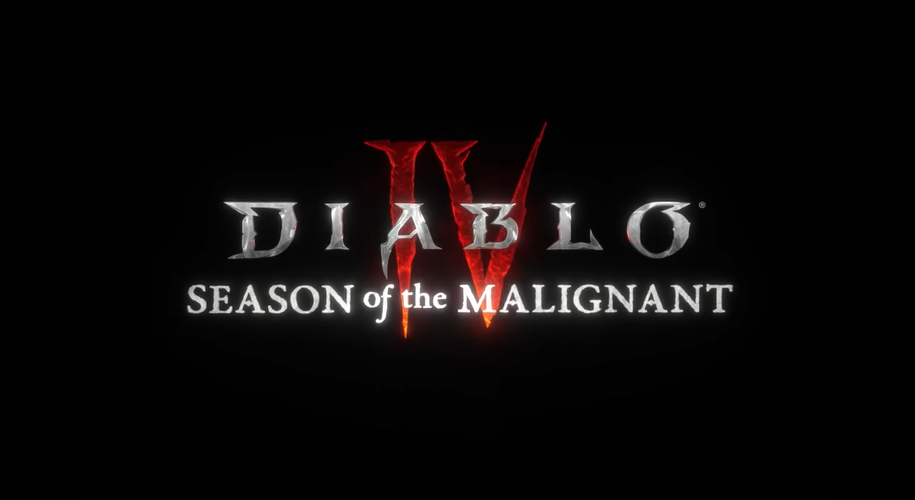
Diablo III sold over 6.3 million copies within a week, making it the fastest-selling PC game ever. Diablo III’s expansion, Reaper of Souls, continued the franchise’s triumphant trajectory, selling over 2.7 million copies in its first week.
The expansion’s critical acclaim and additional content breathed new life into the game, propelling the Diablo franchise to new heights. The release of Diablo Immortal, the mobile adaptation of the franchise, marked a significant milestone in the series’ history.
The game’s announcement generated immense excitement, and its launch proved to be a resounding success, with over 10 million downloads within the first week.
Its highly acclaimed expansion, Reaper of Souls, sold around 65 million copies.
This success exemplifies Blizzard’s ability to craft a compelling and engaging gaming experience.
The success of Diablo III can be attributed to its improved gameplay mechanics, stunning graphics, and engaging storyline. Reaper of Souls, introducing the Adventure Mode and the Reaper of Souls Campaign, provided players with new content and challenges.
The Diablo franchise shines even amidst other successful Blizzard series, surpassing 16 million copies sold for Diablo II.
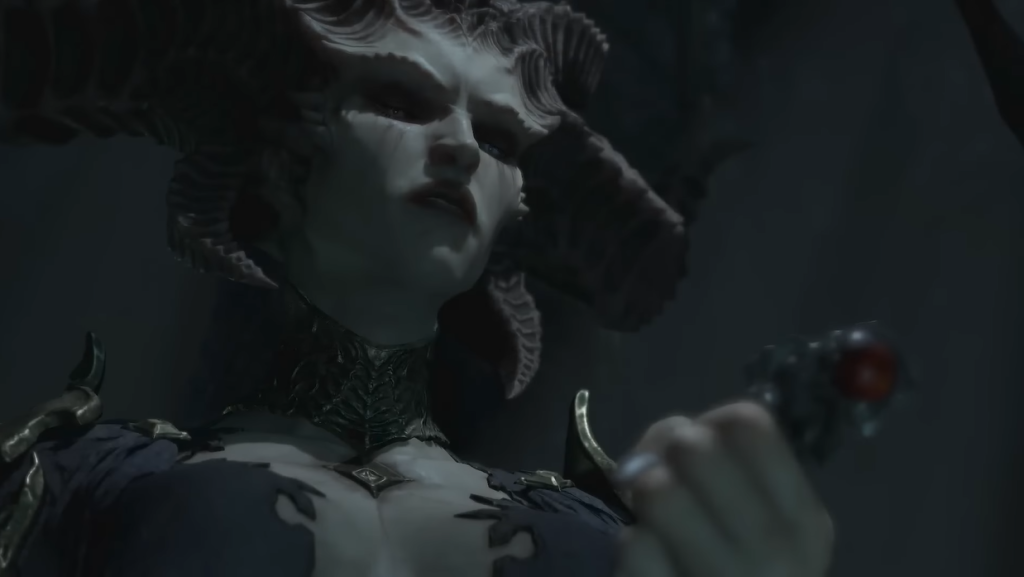
This achievement highlights the franchise’s enduring appeal and impact on the gaming industry.
Blizzard’s Warcraft series, known for its real-time strategy and massively multiplayer online role-playing games, has also achieved impressive sales. Warcraft III, the critically acclaimed real-time strategy game, sold over 4.5 million copies worldwide.
World of Warcraft [1], Blizzard’s renowned MMORPG, boasts over 100 million registered accounts and has become a cultural phenomenon in its own right.
Despite Warcraft’s formidable sales figures, the Diablo franchise remains a powerhouse, attracting a loyal fan base with its unique gameplay and immersive world.
The mobile iteration of the franchise enjoyed an overwhelming launch, with over 10 million downloads within its first week.
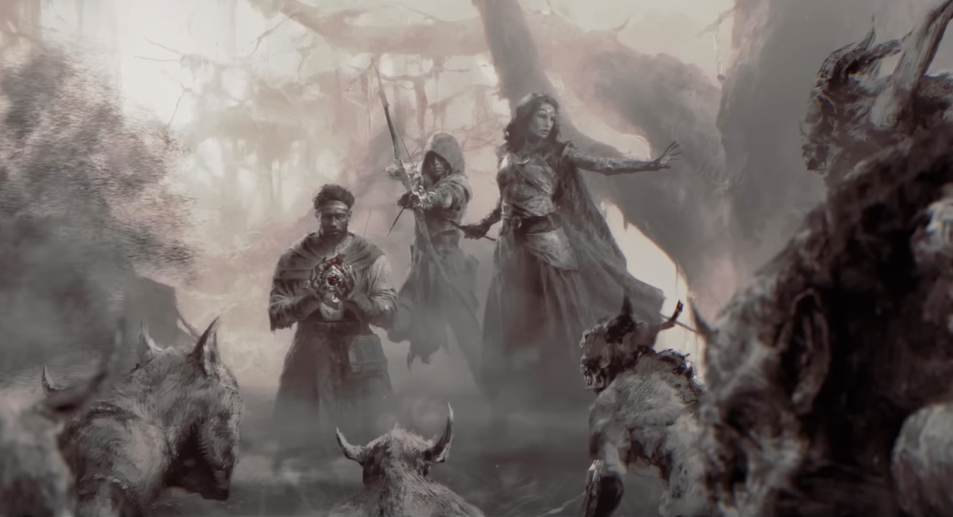
This mobile success demonstrates the franchise’s adaptability to changing gaming trends and showcases the continued interest in the Diablo universe.
The mobile gaming market has experienced significant growth in recent years, attracting casual and dedicated gamers. Blizzard’s decision to enter this space with Diablo Immortal was met with anticipation and skepticism.
However, the game’s record-breaking download numbers and revenue have silenced doubters and solidified Diablo’s position in the mobile gaming landscape.
Within two months of release, the game generated over $100 million in revenue.
Diablo Immortal’s launch witnessed a download surge and translated into astounding revenue. This remarkable financial feat catapulted Diablo Immortal into the spotlight, making it a significant player in the mobile gaming industry.
The game’s monetization model, primarily reliant on microtransactions, proved to be a lucrative strategy for Blizzard. Players were given the option to purchase various in-game items and cosmetic enhancements, enhancing their gaming experience.
The United States led the pack with 45% of total downloads, South Korea 21%, and Japan 8%.
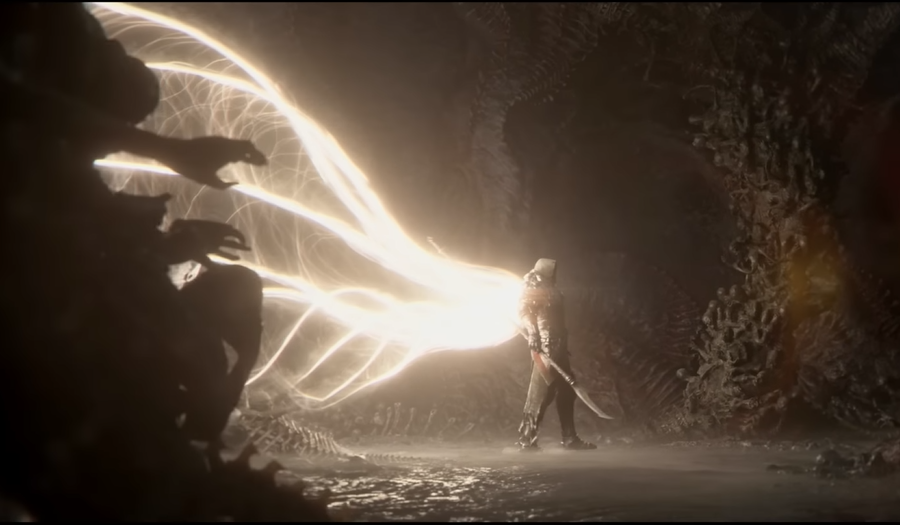
The game’s success in multiple regions speaks to the universal appeal of the Diablo franchise. Whether in the West or the East, players embraced the mobile adaptation, immersing themselves in the world of Diablo on their handheld devices.
Diablo Immortal's success was not without its fair share of controversies.
Upon its announcement, the game faced criticism from fans disappointed by the emphasis on mobile gaming. The infamous “Don’t you guys have phones?” meme symbolized fan frustration.
Additionally, the presence of microtransactions garnered mixed reactions from players. While some embraced the option to enhance their gaming experience through purchases, others expressed concerns about the potential impact on gameplay balance and fairness.
Notwithstanding these controversies, Diablo Immortal’s microtransactions proved to be a financial boon for Blizzard.
Within the first two weeks of launch, the game earned over $24 million through in-game purchases. This revenue stream cemented Diablo Immortal’s status as a successful venture for the company.
The high cost of character maxing drew criticism from the gaming community.
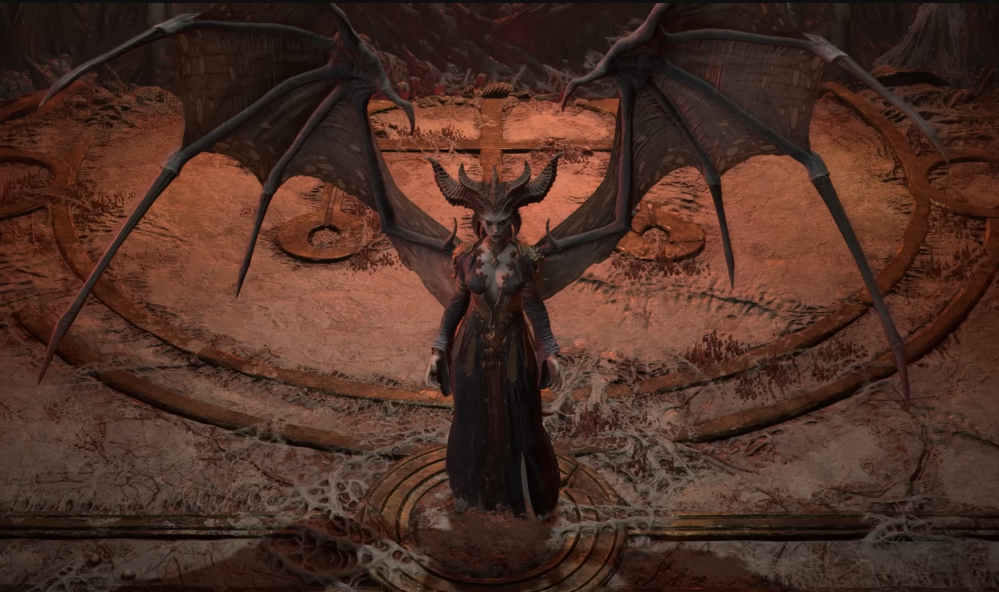
While Diablo Immortal’s revenue from microtransactions was substantial, some players were affected by the costs associated with maximizing a character’s potential.
To achieve the maximum level of character power, players must invest approximately $110,000—a figure that raised eyebrows and fueled further controversy.
It sparked debates on the balance between offering optional purchases and maintaining a fair and enjoyable gaming experience for all players.
Diablo Immortal's launch faced further scrutiny on review aggregation platforms like Metacritic.
The game garnered the lowest user scores, with the mobile version receiving a 0.2/10 rating and the iOS version a 0.5/10 rating.
These low user scores were partially influenced by concerns surrounding the game’s microtransaction system. Players voiced their frustrations with the high costs of character progression and the perceived imbalance between paying and non-paying players.
Nevertheless, within the first two weeks of release, the game earned over $24 million through in-game purchases.

Notwithstanding the controversies and low user scores, Diablo Immortal’s microtransactions proved highly profitable. Within the first two weeks of release, the game earned over $24 million through in-game purchases.
Despite mixed reactions from the community, the revenue from microtransactions demonstrated the financial viability of Blizzard’s mobile gaming venture.
In the first year of Diablo III's release, players proved their prowess by collectively annihilating over 3.3 trillion monsters.
This astounding number underscores the franchise’s focus on hack-and-slash gameplay and the thrill of conquering legions of demonic foes.
The monster-killing frenzy resulted in an average of approximately 31 monsters slain for every human who has ever lived—a testament to the relentless battle between players and the forces of darkness.
The peak player count reached a staggering 5.8 million, attesting to the game's massive popularity and widespread appeal.
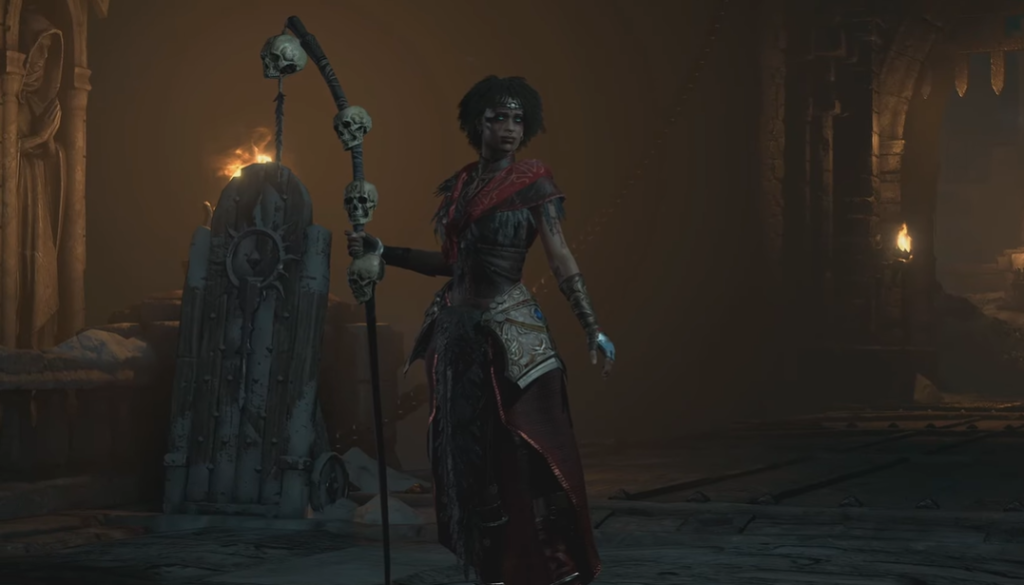
This surge in player engagement was further reflected in the average daily player count, which reached an impressive 2.1 million.
Players spent an average of 8.2 million hours in-game per day, resulting in a total of 2.8 billion hours played throughout the year. This level of engagement demonstrated Diablo III’s ability to captivate players and immerse them in its dark and immersive world.
In 2013, the Diablo community created over 67.1 million characters in Diablo III.
Players relished the opportunity to experiment with various character classes and playstyles, fostering replayability and diversity in the gaming experience.
The Demon Hunter was the most popular choice among the character classes, with 13.5 million characters created. The average player crafted 4.63 characters, showcasing a willingness to explore different gameplay possibilities.
The character creation distribution was relatively evenly spread across regions, with the United States, Europe, and Asia accounting for 33% each. The global popularity of the franchise was evident in the diverse player demographics across different continents.
The game's popularity was evident in its 22.5 million players who succeeded in slaying the Lord of Terror, Diablo himself.
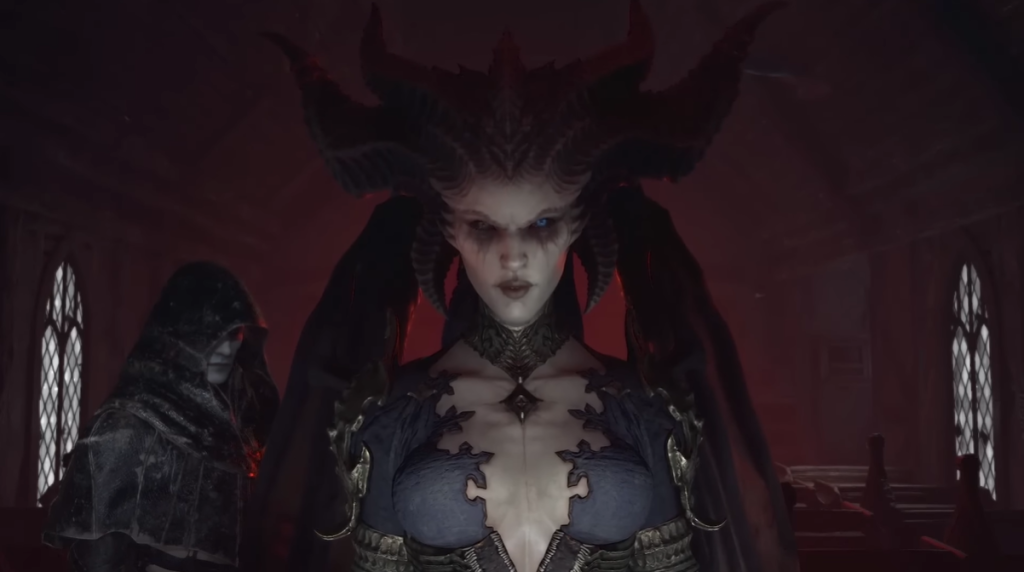
Diablo III’s universal appeal attracted players from all walks of life, transcending cultural and geographical boundaries. The game united gamers worldwide in their shared passion for Diablo’s dark and fantastical realm.
You’ll Also Like: How to Beat Ashava in Diablo 4
Diablo Immortal witnessed a surge in character creation, with over 14.2 million characters created within the first two weeks.
This rapid pace of character creation emphasized the excitement and enthusiasm surrounding the mobile adaptation of the beloved franchise.
In the same time frame, players engaged in over 35.5 million dungeons and conquered 42.4 million Elder Rifts, further immersing themselves in the treacherous dungeons of the Diablo universe.
Players demonstrated their relentless spirit in the first two weeks by slaying over 2.7 billion demons.
The game’s hack-and-slash gameplay and satisfying combat mechanics fueled the demon-slaying frenzy.
However, bravery came with consequences, as players faced 126 million deaths during this period. The intense difficulty of the dungeons and rifts added a sense of challenge and excitement to the gameplay.
The combined hours played for Diablo II and III have surpassed 7 billion, equating to 844,000 years of playtime.

Considering the total hours played, the Diablo franchise proved time-consuming and immersive for players.
The vast number of hours dedicated to the Diablo franchise exemplifies the longevity and replayability of the games, ensuring that players continue to explore the dark and captivating world of Diablo.
The Diablo franchise continued to captivate audiences on Twitch, with over 28.5 million hours watched.
This significant viewership reflected the franchise’s enduring interest and ability to attract audiences from diverse backgrounds.
Diablo Immortal’s release generated considerable excitement on Twitch, resulting in its highest peak viewer count of 241,991. This peak was achieved on June 2nd, the day of the game’s release, as audiences eagerly tuned in to witness the mobile adaptation in action.
The following day saw a slight decline in peak viewership, with 74,882 viewers. This drop was likely due to initial curiosity giving way to normalcy after the release frenzy subsided.
The average number of viewers for Diablo Immortal on Twitch in the last 365 days was 1,518.
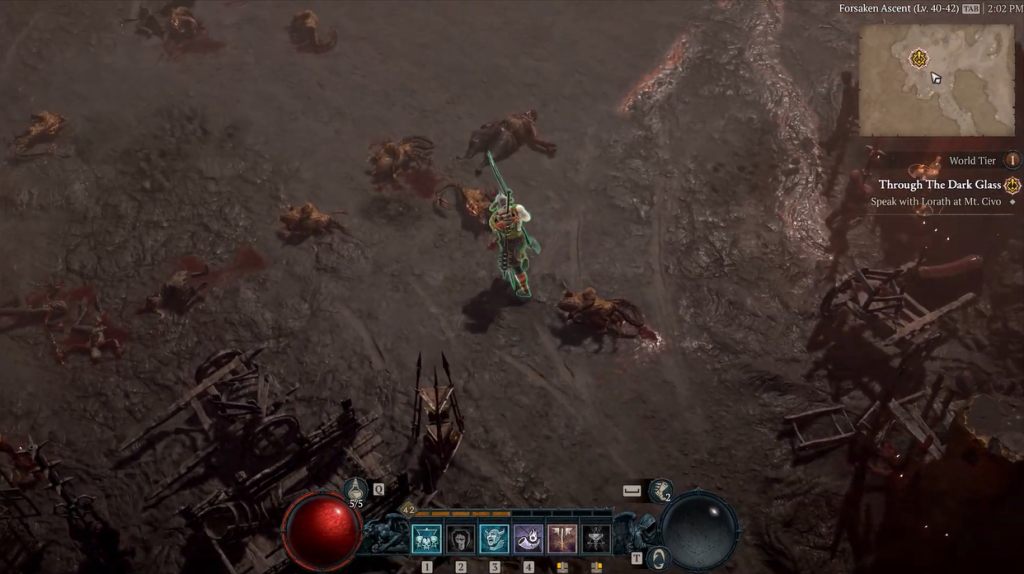
Despite the decline in peak viewership after the game’s launch, the steady average viewer count showcases a consistent interest in the mobile adaptation.
The Diablo franchise’s enduring popularity on Twitch is a testament to its captivating gameplay and the excitement it generates among viewers.
Conclusion
The Diablo franchise has left an indelible mark on the gaming world, captivating players with its dark fantasy setting, engaging gameplay, and enduring appeal. From record-breaking sales figures to staggering revenue, the franchise’s statistics exemplify its impact on the gaming industry.
As players eagerly anticipate Diablo IV’s release, the franchise’s future holds great promise. Diablo has become more than a game; it is a legend, and its legacy will continue to resonate in the hearts of gamers for generations to come.

